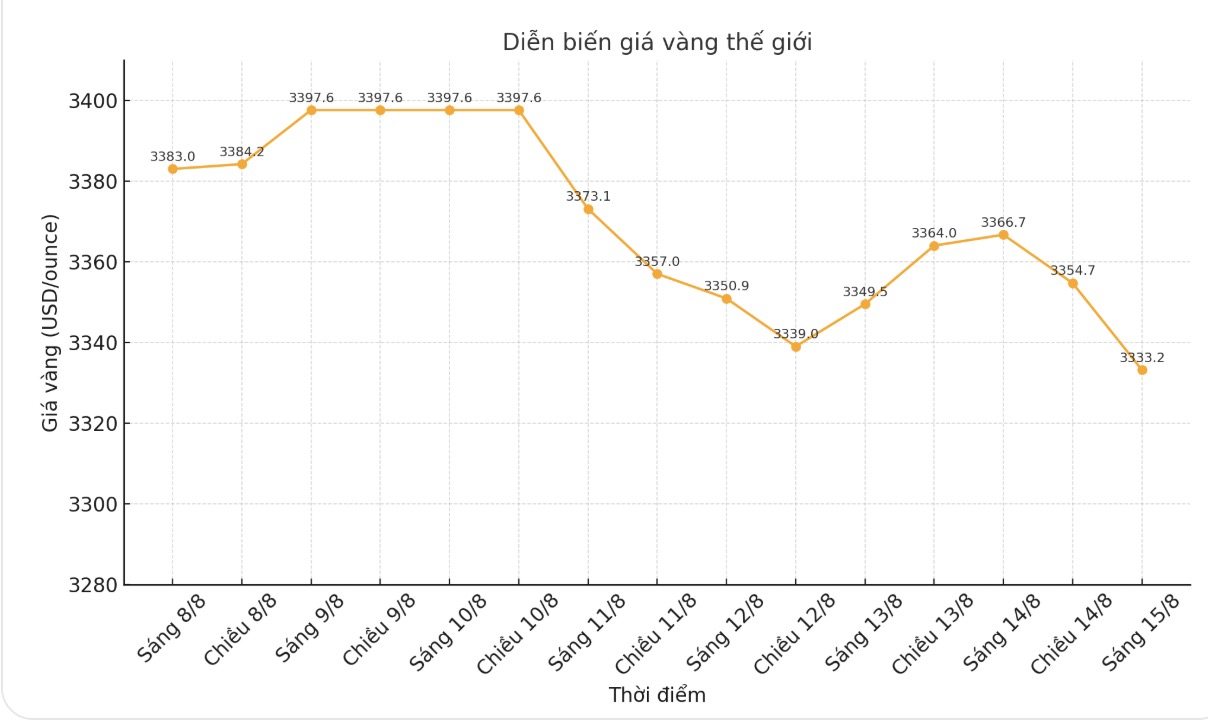According to Ryan McIntyre - managing partner at Sprott Inc., once the market recognizes the impact of the US public debt problem, gold prices could fluctuate strongly.
In this week's interview, McIntyre analyzed factors driving the gold market, including long-term factors and newer factors and their impact in the coming months.

"Platform" demand from central banks
A long-term factor pushing gold prices to record levels is the increase in central banks' gold purchases since the outbreak of the Russia-Ukraine conflict. McIntyre believes that this demand still plays a big role, both creating a price "view" and sending a signal to the market.
The change over the past year has been retail demand for gold. Gold holdings in gold ETFs have increased for the first time in many years, from the bottom of May last year. This year, ETF gold has increased by about 11%, but is still 17% lower than the peak in October 2020.
McIntyre said there is still plenty of room to hit a new record high. Notably, in addition to stable gold buying capital from Asia, Europe and North America have also helped global capital flow turn positive.
Americans start to worry
According to McIntyre, fluctuations in the US economic and financial environment have prompted people to reconsider their portfolio risks for the first time in a long time and seek safe assets.
He believes that gold has always been a shelter and is attracting attention. Regarding inflation, he did not say whether it will increase or decrease, but he believes that the trend of currency depreciation will strengthen, regardless of the economy.
He stressed that the US fiscal situation is different: the budget deficit is about 7% of GDP, more than half of which is interest expenses. If the economy grows by a term of 4%/year, interest alone has "eaten" more than 3% of GDP - that is, almost the entire growth rate.
When interest rates exceed growth rate, public debt will not be able to repay, forcing the government to print more money, weakening the USD.
McIntyre believes the biggest risk is when the market begins to reflect the risk of US public debt to interest rates and other assets and that time may not be far away.
Impact of tariffs and the FED
Although the recent increase in gold prices to $3,500/ounce coincided with the time of tariff instability, McIntyre said the market was "encouraged" by this information. In contrast, attacks on the independence of the US Federal Reserve (FED) are more likely to be ignored, as they directly affect the USD's reputation.
The recent doubts about labor data also erode market confidence - once this mentality is formed, it will be difficult to reverse.
McIntyre believes gold should account for at least 10% of investors' net asset value. Because the physical gold market is small, just a large amount of money moving in is enough to push prices strongly, as seen with central bank and ETF buying activities. He also noted that there are currently no signs of "bubbling" because gold mining stocks are still being withdrawn.
In addition to gold, McIntyre believes silver will increase strongly, often fluctuating more strongly than gold and may reach an increase of the same or better than gold in the next 12-24 months.











